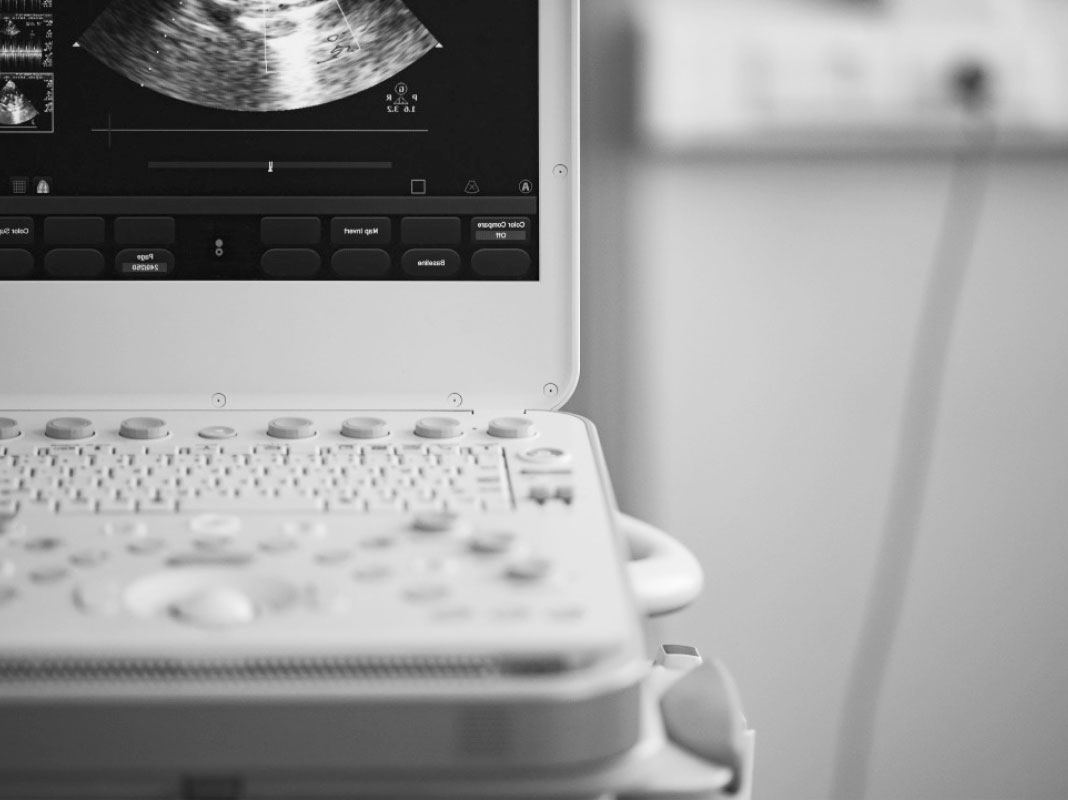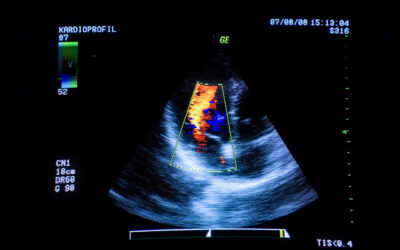A soon to be published report “Cardiac Imaging Market: Global Industry Trend Analysis 2012 to 2017 and Forecast 2017-2025” from Persistence Market Research predicts continued growth of the cardiac imaging market.
“According to market experts, the increasing prevalence of cardiovascular diseases in the developing regions such as South America and Asia are driving the market growth,” according to Persistence Market Research analysts. “North America was observed to be the largest market due to updated reimbursement policies, easy accessibility to modern diagnostic and high diagnostic costs.”
Echocardiography, angiography, nuclear cardiac imaging, computed tomography, cardiac positron emission tomography (cardiac PET) and cardiac magnetic resonance imaging (cardiac MRI) are the most common imaging modalities used for diagnosis and interventional cardiology, according to Transparency Market Research.
Coronary catheterization is a minimally invasive procedure to access coronary circulation by inserting a catheter into heart through blood vessels in the leg. Cardiac CT is a less invasive option to coronary catheterization which involves injecting CT-visible dye, according to Transparency Market Research. Cardiac CT offers the advantage of minimizing the risk of arterial perforation and reduces the chances of infection at catheter injection site. In the late 1970s, CT scans required 2.4-sec for capturing an image, but development in electron beam technology has significantly reduced the time per scan. In addition, with the development of multi-detector scanners it has become possible to obtain 64, 128, 256 and more simultaneous slices adding more spatial resolution and diagnostic help to radiologists.
“Echocardiography imaging is an optional ultrasound method of cardiac imaging and includes transthoracic echocardiography (TTE), transesophageal echocardiography (TEE), stress echocardiography. Recently, 3D echocardiography is being used for cardiovascular imaging which is non-invasive, easy to operate and produces a much clearer image. Nuclear cardiac imaging is becoming a popular method which involves usage of a radionuclide – technetium Tc 99m sestamibi (MIBI). This non-invasive cardiac imaging method is considered to be one of the best methods to evaluate and diagnose a heart attack,” Transparency Market Research adds.
It is estimated that the cardiac imaging software market is expected to grow at a compound annual growth rate (CAGR) of 8.17 percent during the forecast period of 2017-2023, according to Market Research Future.
“The global cardiovascular ultrasound (CVUS) market size is expected to reach $1.87 billion by 2025. It is anticipated to expand at a CAGR of 3.8 percent over the forecast period. Rising investment in Medtech industry, increasing R&D activities, and high prevalence of cardiovascular diseases are the key factors driving market growth,” according to an email from Rachel Thompson, senior manager, Research and Markets.
“Benefits associated with cardiovascular ultrasound over conventional methods include quick recovery, reduced span of hospitalization, and fewer post-operative complications,” the email states. “These benefits along with rising geriatric population are expected to propel demand of cardiovascular ultrasound diagnosis over the forecast period.”
“North America captured the largest market share in 2017,” it continues. “Favorable reimbursement framework and presence of a large number of industry players are some of the major factors which can be attributed to the regional growth. Rising geriatric population coupled with sophisticated health care infrastructure are expected to further fuel market growth in the region. Furthermore, increasing health awareness is driving the demand.” ICE








